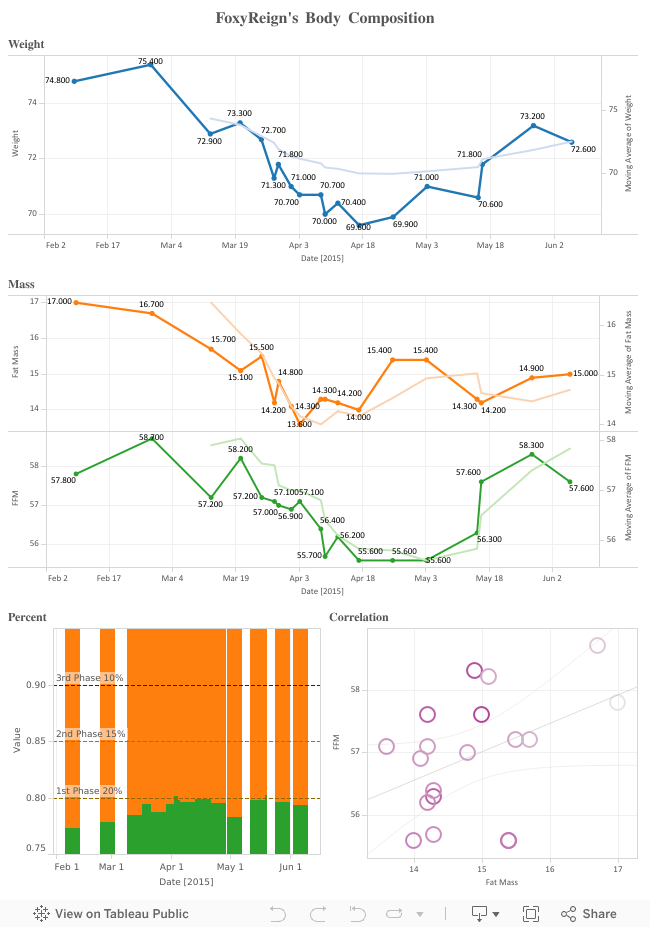[caption id="attachment_7392" align="aligncenter" width="646"]
I found this image in one of the discussions in the Analytics group on LinkedIn. You can see an irregular but seasonal sine of wave of the global temperature of earth when plotted on a time-series horizontal scale. The memories of the eruption of Mount Pinatubo in Pampanga still linger at the back of my head; I think I was on my first few years of primary school when the volcano erupted which destroyed thousands of hectares of field crops and even reached its sulfuric ashes in some provinces in the Visayas.
I am not saying that the contributing factor to the cooling down of the planet is mainly caused by the volcanic eruption but considering the major contributors of warming are solar activities, weather conditions, man-made pollution and and oceanology temperature pattern.
Like I have learned in my Natural Sciences subjects, it is hard to predict when will the volcano erupt. Statistically speaking, if you would perform an additive smoothing or even ARIMA based on the data points in the plot above, the next volcano eruption that may lead to sudden decrease in the global temperature may happen soon. Why?
The gap between the highs and lows in the plots are a few centuries apart. Due to the pollution that greatly affect the warming of the planet, the process of cooling down becomes shorter in span. Mother Earth needs to cool down soon.









SOCIALIZE IT →